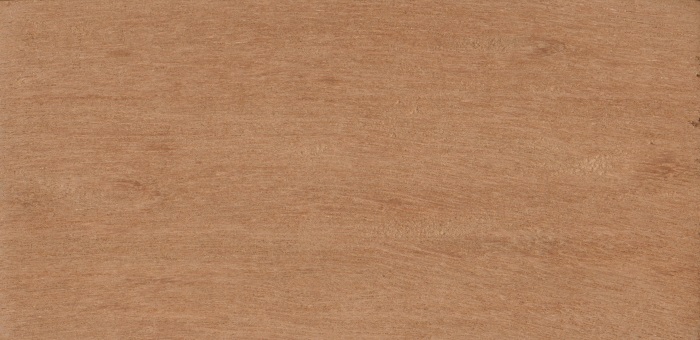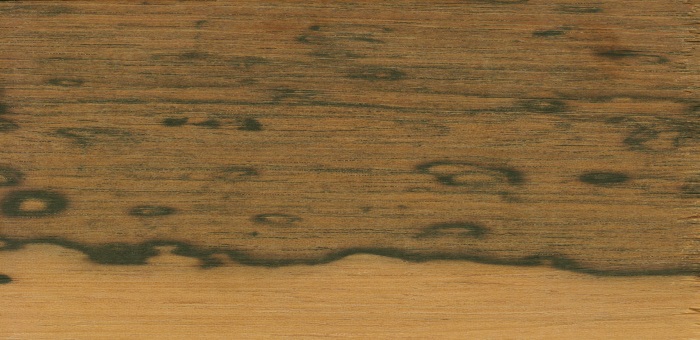Walaba (Wallaba)
| Commercial Name(s): | Wallaba |
| Other Name(s): | Apa, Copaibarana, Ituri Wallaba, Bioudou, Bijhout, Uapa, Apazeiro, Espadeira, Wapa, Walapa, Palo Machete |
| Botanical Name: | Eperua falcata, Eperua grandiflora, Eperua rubiginosa |
| Botanical Family: | Caesalpiniaceae |
| SBB Code: | WAL |
Profile
Wallaba is a dense tropical hardwood. It is light red to reddish‐brown in color. The wood has a very high density and the texture is rather coarse with grain which is typically straight. Wallaba consists of high gum exudates and oily resin which are part of the properties that fight against insects and decay. The texture is rather coarse and the grain typically straight. The wood dries very slowly with a marked tendency to check, split, and warp. Although the wood has high density, it is easy to work with hand and machine tools. However, the high gum content clogs sawteeth and cutters. Once the wood has been kiln dried, gum exudates are not a serious problem in machining. The heartwood is reported to be very durable and resistant to subterranean termites and fairly resistant to dry-wood termites. Wallaba wood was mainly known for its use as shingles and transmission poles for centuries.
Typical use
Bridges (Parts in contact with water or ground), Exterior panelling, Heavy carpentry, Current furniture or furniture components, Flooring, Cooperage, Sleepers, Stakes, Bridges (Parts not in contact with water or ground), Shingles, Exterior joinery, Industrial or heavy flooring, Wood frame house, Hydraulic works (fresh water), Poles.
Technical Information
Trees Size: 20 – 25 m
Trunk Diameter: 0.4 – 0.70 m
Monnin Hardness:: 7.0
Crushing Strength (Mpa): 65 – 79
Basic Specific gravity: 0.82- 0,94
Density (kg/m3 dry): 1.20
Texture: Medium to coarse
Static bending strength (Mpa): 72
Modulus of elasticy (Mpa): 18450
T/R Ratio: 2.8
Finish: Excellent
Stability: Moderately stable


